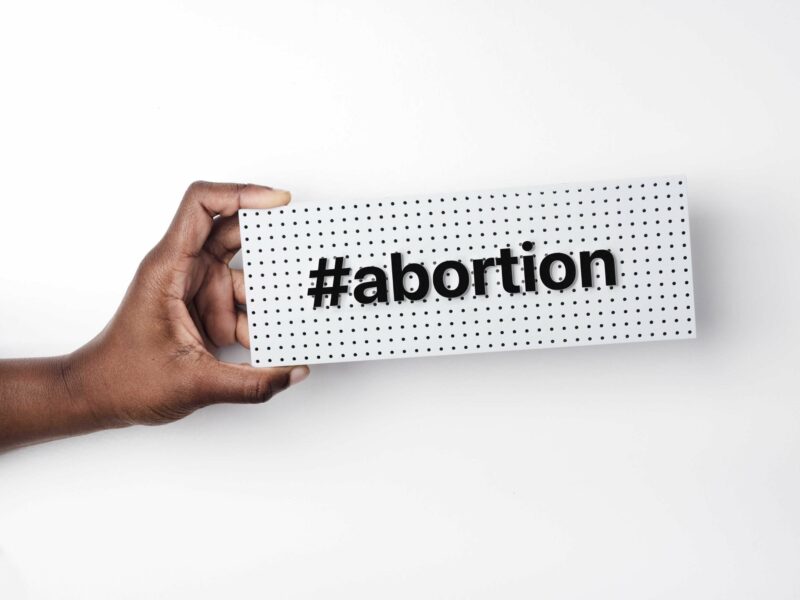We all remember Michele Bachmann’s insidious comments from last September, in which she insinuated that the HPV vaccine had potential ties to mental retardation. Since this controversial Republican debate, Bachmann’s claims have been denied by a number of prominent medical authorities, including the CDC. In fact, clinical studies prove quite the contrary. Gardasil, the best known and most comprehensive of the HPV vaccines, has been deemed safe and effective for young girls and boys as early as 9 years old. It protects against four different types of HPV that can cause various forms of cervical, anal, penile, and throat cancers, as well as genital warts. Focusing vaccination strategies on both genders paves the way towards eradicating cervical cancers, while also addressing the growing proportion of HPV-related diseases emerging among males.
The Advisory Committee on Immunization Practices (ACIP) of the CDC recommends routine, universal vaccination against HPV for females 9-26. This recommendation was recently extended to include males. Since the FDA approved it in 2006, the vaccine has been under public scrutiny, and these new recommendations bring forth a whole new slew of issues that conservative parents may not yet want to consider.
However, the facts are these: In the US, approximately 12,000 women and 7,000 men develop cancers caused by HPV annually. Almost all sexually active persons will have HPV at one point, making it the most common sexually transmitted disease in the US. Thankfully, the majority will not show any symptoms, nor develop any health problems. HPV is spread through sexual contact, usually through genital, anal, or oral sex. Gay and bisexual men are at an increased risk of developing HPV-related diseases. For example, men who have sex with men (MSM) are 17 times more likely to develop anal cancer than men who only have sex with women. The immunocompromised are also at an elevated risk.
Although PAP and HPV screening tests have been very successful in preventing cervical cancers in women, rates of anal, head, and neck cancer due to HPV infection have been rapidly increasing in both men and women, and there are no recommended screening tests available for these forms of cancer.
Nevertheless, immunization rates have been disappointingly low. US national data indicate that only 38 percent of girls between 13 and 17 years of age received one or more doses of the HPV vaccine. For boys, vaccination rates fall at a mere 1 percent [1].
Why are children not getting vaccinated?
Many parents underestimate their child’s risk of contacting HPV. This is particularly true for young boys, since past health literacy on HPV usually targeted young women and their parents. Other concerns might include the high price of the 3-shot regimen, which costs upwards of $300 and is not always covered by insurance. Last, barriers to acceptance by parents of young girls and boys also have a significant impact on vaccine uptake [1].
Some parents may feel uncomfortable promoting a vaccine that protects their prepubescent child from a disease resulting from hetero- as well as homosexual activity. However, vaccine supporters are not advocating for an early sexual initiation. The vaccine is most effective in individuals not yet sexually active because it only protects against types of HPV to which the individual has never been exposed. Advocating for vaccination prior to first sexual activity is not a permission to engage in sexual acts early, rather, it is an attempt to fully protect children from HPV and associated illnesses.
Some opponents argue that vaccinating adolescent boys is not cost-effective, considering a relatively low proportion of males will actually develop HPV-related cancers. Data suggest that immunizing 11 and 12-year-old boys in the US will cost approximately $140 million annually. However, given the low vaccination rates for girls, by including male vaccination in the recommendations, both genders will benefit from improved health outcomes.
Solutions?
A gender-neutral approach is likely to be the most advantageous for a variety of reasons. First and foremost, both men and women contribute to HPV transmission, so it follows that the vaccination policy should include both men and women. Further underscoring the need for a gender-neutral approach, there is currently no method to detect HPV in men, and the most common mode of HPV transmission to women is through heterosexual vaginal intercourse. Last, developing genital warts or HPV-related cancers places a high emotional burden on both men and women that can efficiently be avoided through this progressive vaccination policy [1].
On a final note, for those most concerned with costs, private insurers routinely include immunizations recommended by the CDC’s committee in its benefits. Additionally, the Vaccines for Children (VFC) program helps families with eligible children cover the cost of vaccines that they are otherwise unable to afford.
1. Zimet, G. D., & Rosenthal, S.L. (2010). HPV vaccine and males: Issues and challenges. Gynecologic Oncology, 117, S26-31.

